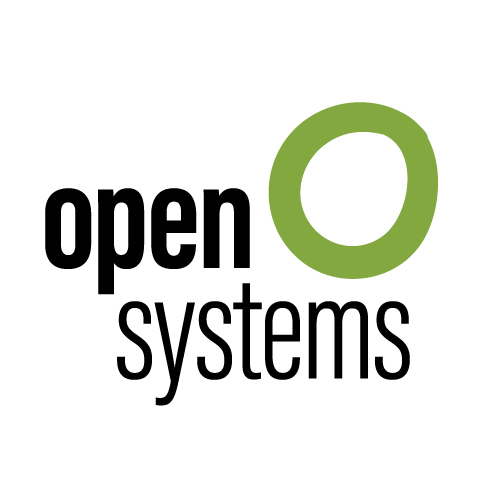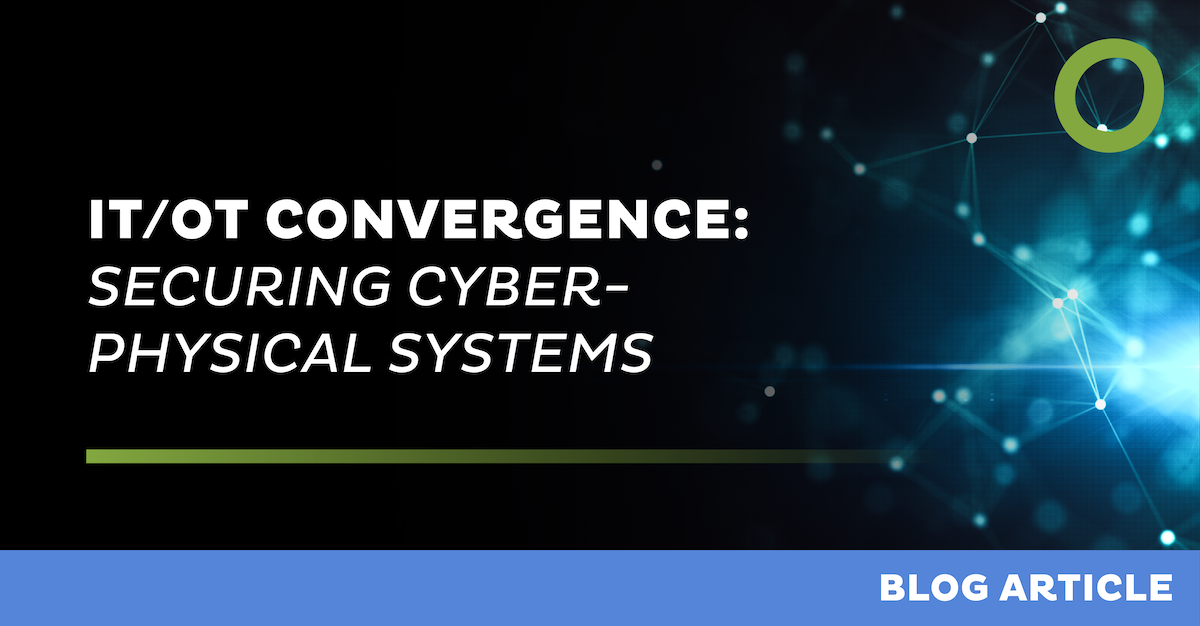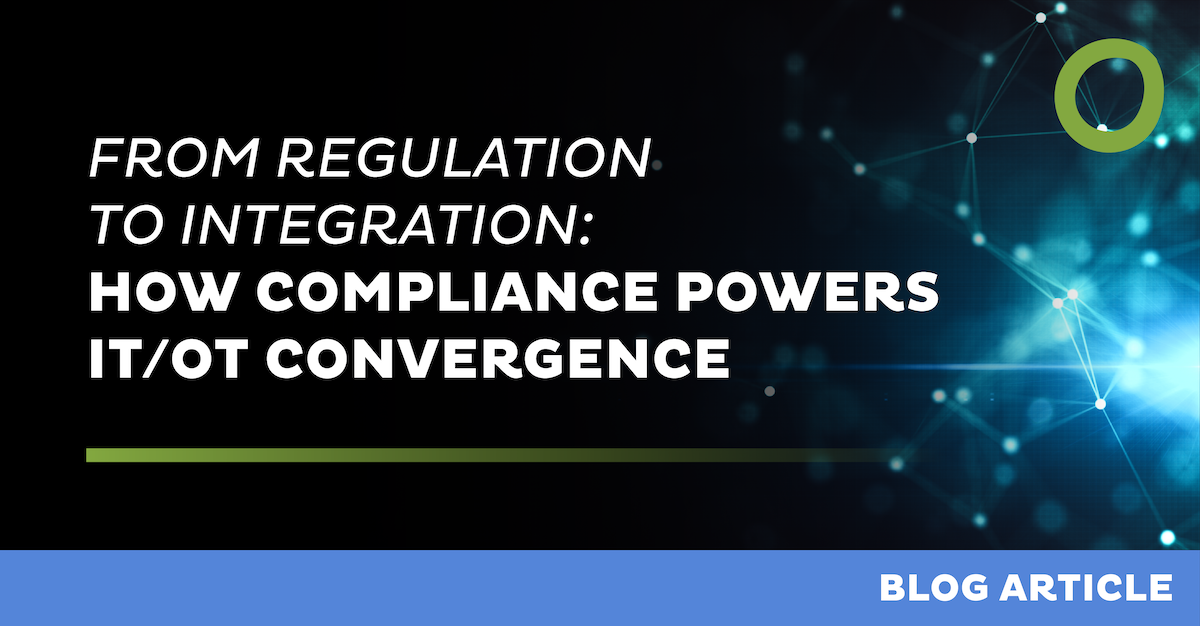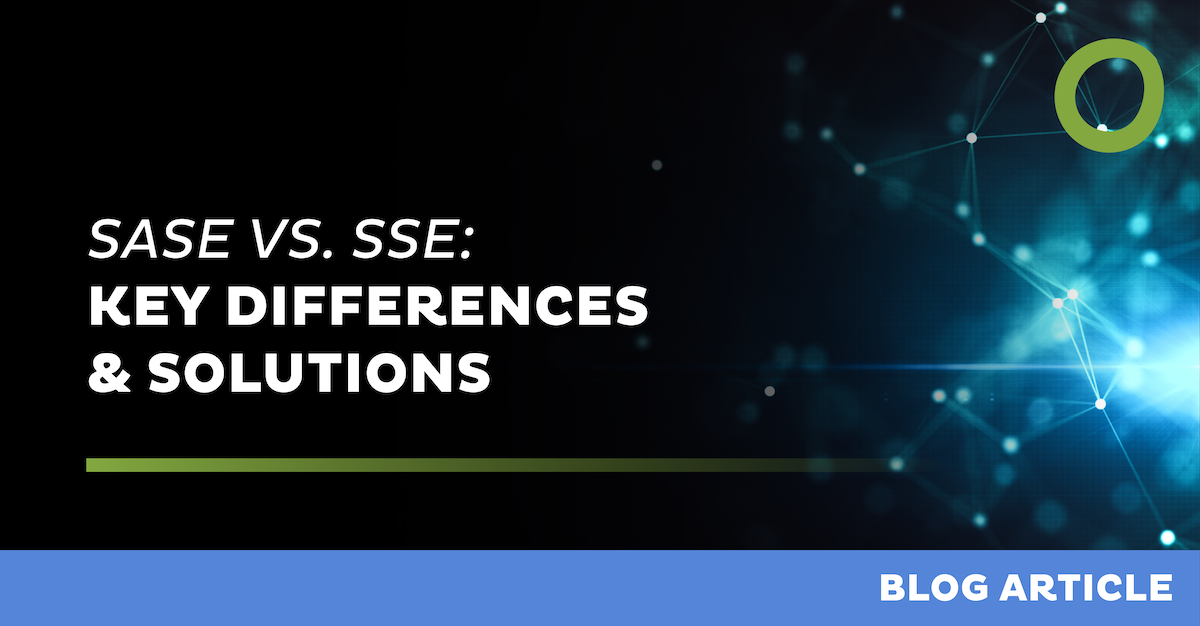
IT/OT Convergence: Securing Cyber-Physical Systems


1. The New Reality of IT/OT Convergence
Industrial organizations are undergoing a profound shift as IT systems and operational technology (OT) environments converge. What began as isolated control systems and factory-floor networks has evolved into a deeply connected ecosystem: cloud analytics, remote access, IoT sensors, mobile workforce, autonomous systems, and distributed operational plants.
This convergence unlocks tremendous value:
- Real-time operational intelligence instead of blind spots
- Predictive maintenance and optimization driven by analytics
- Unified architectures that reduce redundancy and lifecycle cost
- Faster innovation cycles with automation and AI tied into physical processes
But the benefits come with new and unique challenges:
- OT’s mission-critical nature: Production, safety, and revenue depend on systems that cannot tolerate downtime or intrusive change.
- Long equipment lifecycles: OT assets often run 10–30 years, far beyond the patch/update rhythms of IT.
- Legacy systems that were never designed for connectivity: Opening them up to IT networks and cloud services often enlarges the attack surface.
- Distributed operations and a growing vendor ecosystem: Maintenance teams, partners, and contractors require remote access—often the biggest vector in OT breaches.
- A knowledge and cultural gap: IT prioritizes agility; OT prioritizes stability and safety. Both must align to secure cyber-physical systems without disrupting operations.
This creates a tension: organizations want the benefits of convergence, but lack the tools and structures to secure it effectively, continuously, and without downtime.
2. Traditional Cybersecurity Approaches Are Not Enough
To address these risks, many organizations turn to established frameworks and point solutions.
Security frameworks like IEC 62443 and Zero Trust offer strong guidance on segmentation, identity-centric access, asset inventory, and continuous monitoring. They define what to do—but not necessarily how to maintain it across a living, breathing industrial environment.
Those security frameworks often require organizations to integrate a wide range of technology add-ons to achieve even a baseline level of IT/OT security.
Typical additions include:
- Side-car monitoring tools attached to control networks to collect logs, detect anomalies, or inventory assets
- Firewalls or secure gateways layered on top of OT traffic to enforce segmentation
- Remote access gateways to broker access for internal teams and third-party vendors
These solutions are valuable, but they share the same structural challenges:
- They are complex to deploy in brownfield environments where downtime is unacceptable.
- They require constant tuning and maintenance (policy updates, cert renewals, new domains/IP changes, protocol support, device onboarding).
- They introduce operational overhead that OT teams cannot absorb, especially without 24×7 security expertise.
- They are rarely unified, forcing organizations to stitch identity, networking, remote access, monitoring, and threat detection together across multiple tools.
- They rely on internal teams to run them—precisely where most operational failures happen (emergency rules, temporary workarounds, forgotten vendor accounts, outdated firewall rules).
Frameworks and tools help—but sustaining secure operations in converged environments is the hardest part.
3. Managed SASE: A Unified and Operable Model for IT/OT Security
A modern alternative is Managed Secure Access Service Edge (SASE) adapted to industrial environments. Unlike point tools or frameworks, managed SASE provides a unified security platform and service built to operate continuously across both IT and OT.
A mature managed SASE offering for OT includes:
Unified OT/IT visibility
- OT asset discovery across PLCs, HMIs, sensors, controllers, and IoT devices
- OT protocol understanding and fingerprinting
- Context-rich inventory shared with IT security
OT-aware security enforcement
- OT-specific firewalling, with industrial protocol visibility and control
- Segmentation that aligns to production lines and zones like in IEC 62443
- Safe change management designed for zero-downtime deployments
Zero Trust-based remote access built for OT
- Identity-driven, just-in-time, per-session access to CPS assets
- Granular policies for contractors, vendors, and internal teams
- Real-time monitoring of sessions, with recording and audit logs
- No flat VPN networks, no implicit trust
Hybrid cloud enablement without sacrificing safety
- Unified policies across cloud, IT, and plant-floor systems
- Strong identity and encryption end-to-end
- Consistent compliance with IEC 62443, NIS2, and sector regulations
And most importantly: an operational model
- A 24×7 Operations Center for incidents and continuous change
Round-the-clock security engineers who:
- Monitor threats and anomalies across IT and OT environments
- Respond to incidents with industrial-grade SLAs
- Apply urgent changes safely (rules, signatures, access updates)
- Manage updates, upgrades, and lifecycle tasks without disrupting production
- Ensure the security posture remains consistent every single day
This guarantees that security doesn’t degrade over time—especially as new devices come online, vendors connect, or conditions change.
- Designated Technical Account Managers (TAMs) for strategic projects
Specialized experts who support long-term transformation initiatives:
- Designing resilient OT/IT architectures and segmentation models
- Building or refining Zero Trust access policies
- Planning migrations, deployments, and expansions without downtime
- Guiding compliance efforts and risk-reduction programs
- Continuously optimizing configurations and policies for your environment
TAMs provide continuity, deep knowledge of the customer’s landscapes, and ensure that the architecture evolves in a controlled and secure manner.
Together, these two layers form the foundation organizations struggle to build internally: continuous protection plus expert-led evolution, enabling secure and sustainable IT/OT convergence.
Conclusion
IT/OT convergence is reshaping industrial operations—but without a new operational model for cybersecurity, the complexity quickly exceeds internal team capacity. Frameworks and point solutions provide building blocks, but managed SASE delivers a unified, continuously operated security foundation that fits the reality of cyber-physical systems: distributed, high-stakes, always-on, and constantly evolving.
Leave Complexity
Behind
To learn how Open Systems SASE Experience can benefit your organization, talk to a specialist today.
Contact Us



